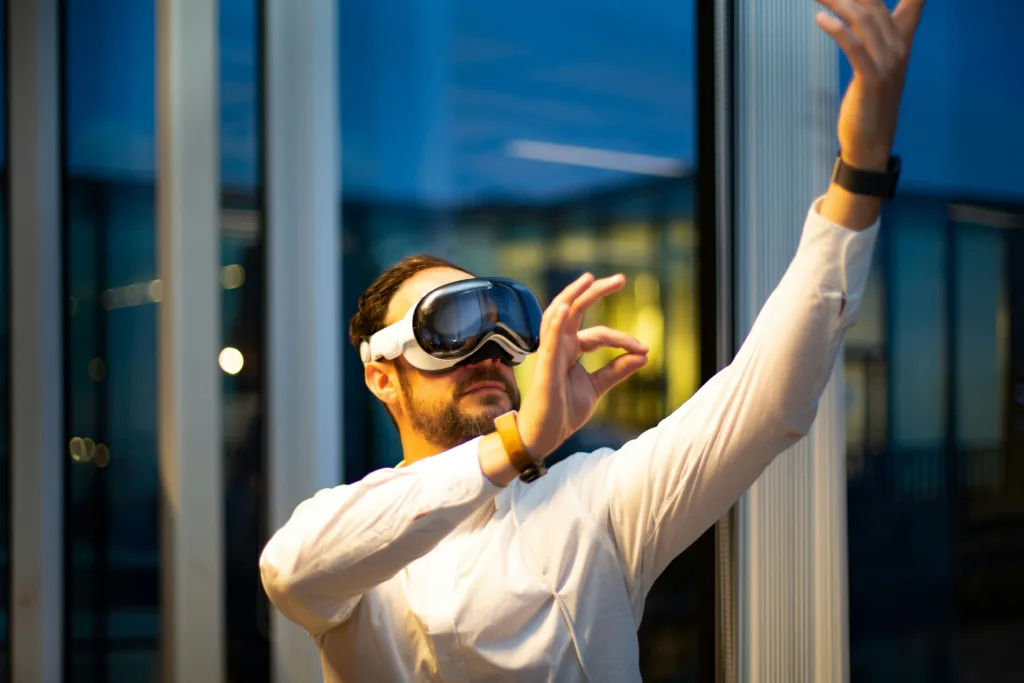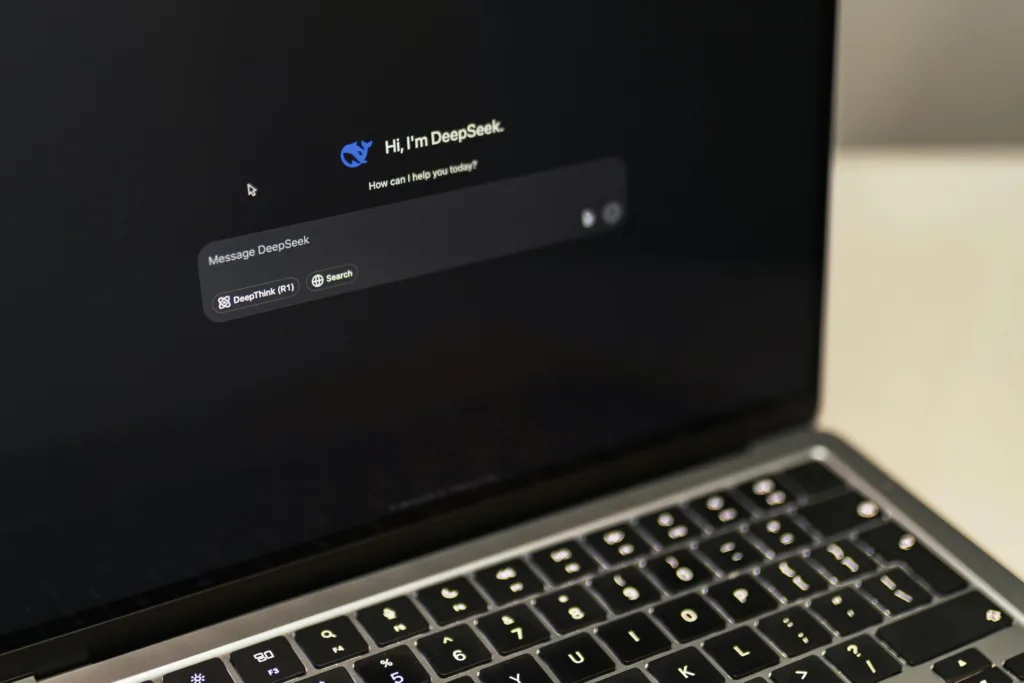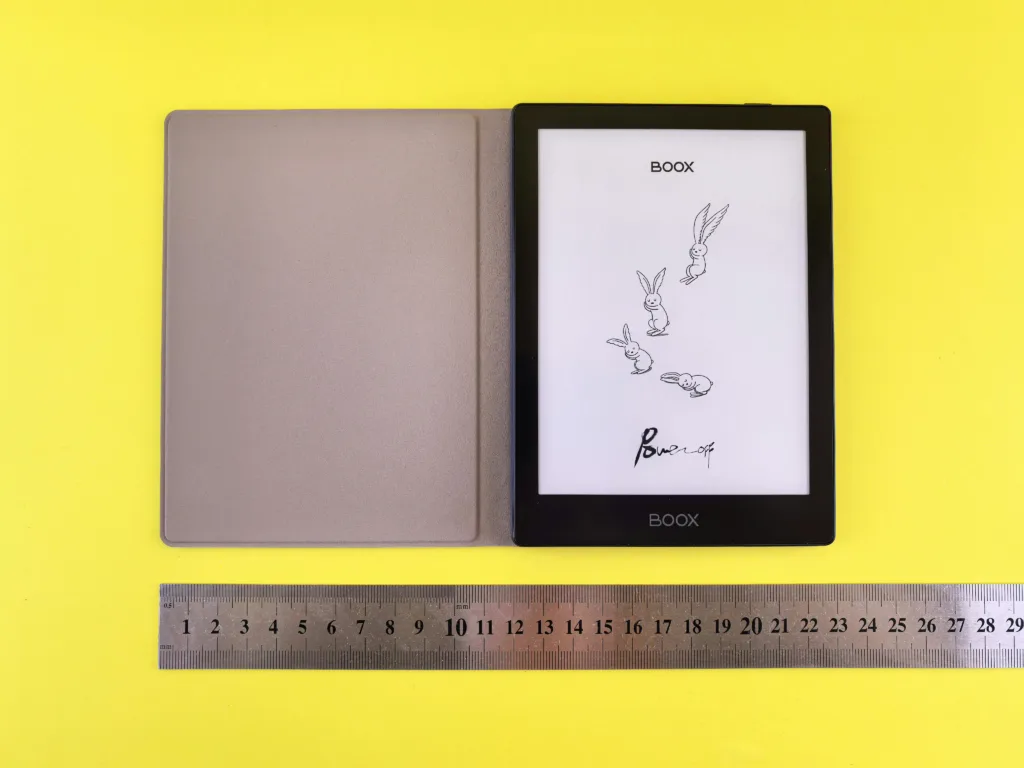
If you’ve ever stared blankly at a screen during yet another Zoom meeting… you know Zoom fatigue is real. And you’re far from alone — a recent survey found that nearly 80% of U.S. remote workers experience some degree of Zoom fatigue, with over a quarter describing it as “extreme.”
That’s where VR workspaces step in. I’ve been experimenting with a few — Meta Horizon Workrooms, Spatial, and Arthur — and it honestly feels like a sneak peek into the future of remote collaboration.
What Exactly Is a VR Workspace?
Think of a VR workspace as a virtual office where you can meet, brainstorm, or even hang out with your teammates — but instead of staring at thumbnails on a screen, you’re represented by an avatar in a shared 3D environment.
You put on a VR headset (like the Meta Quest 3 or HTC Vive XR Elite), and suddenly, you’re sitting in a meeting room with your colleagues — complete with virtual whiteboards, spatial audio, and natural gestures. You can draw in mid-air, pin documents to walls, or walk over to someone’s desk to chat.
It sounds like sci-fi, but it’s surprisingly natural once you get used to it.
Why VR Feels Different
There’s something refreshing about standing in a digital space that feels like an office but without the commute, the noise, or the awkward video call pauses.
Here’s what makes VR workspaces special:
- Spatial presence — Instead of watching faces on a flat screen, you’re in the same space. People have a physical presence. When someone speaks behind you, you literally turn around to face them.
- Natural interaction — You can use hand tracking, gestures, and even facial expressions (on newer headsets) to communicate more naturally.
- Focus and immersion — No more checking Slack or scrolling Instagram mid-meeting. Once you’re in VR, you’re in it. That focus alone makes meetings shorter and more productive.
- Shared creativity — Tools like spatial whiteboards or 3D sketching make brainstorming feel like an actual in-person workshop again.
The Science Behind “Zoom Fatigue”
It’s worth understanding why traditional video calls tire us out so much. According to a 2021 study from Stanford University’s Virtual Human Interaction Lab, Zoom fatigue happens because:
- We’re forced to make constant, intense eye contact.
- Seeing ourselves all the time increases self-consciousness.
- There’s little movement — we sit still for hours.
- Cognitive load skyrockets as our brains try to interpret poor visual and social cues.
VR flips that dynamic. You don’t have to stare at your own face. You can move naturally. You can stand up, gesture, and feel spatial awareness — all of which reduce cognitive strain.
Real-World Use Cases
Several companies have already made the leap:
- Accenture built a metaverse campus called Nth Floor, used to onboard thousands of new hires in VR.
- BMW and Volkswagen use VR environments for design reviews and training.
- Meta holds internal meetings in Horizon Workrooms, blending physical and virtual participants seamlessly.
And smaller startups are catching on, too. One marketing agency I know replaced their weekly Zoom calls with VR stand-ups — they swear collaboration and morale both improved.
The Limitations (For Now)
Let’s be real — VR workspaces aren’t perfect yet.
- Hardware comfort is still an issue. Wearing a headset for hours can be tiring, especially for glasses wearers.
- Motion sickness can affect some people.
- Onboarding takes time — teaching everyone to use controllers, navigate spaces, and manage settings.
- Cost — while headsets are cheaper than ever (Meta Quest 3 starts at $499), equipping an entire team adds up.
Still, the tech is evolving fast. Headsets are getting lighter, graphics are sharper, and integration with everyday tools like Slack or Google Docs is improving.
My Take: A Real Solution to Remote Burnout
After a few weeks of using VR workspaces, I noticed something unexpected — I actually looked forward to meetings again.
There’s a sense of presence and fun that’s missing from video calls. Even simple things — like turning to a coworker and “high-fiving” them in VR — create genuine connection.
Is VR going to replace Zoom tomorrow? Probably not. But as hybrid work becomes the norm, these immersive environments might become the go-to for creative sessions, workshops, and team-building events.
Zoom fatigue isn’t inevitable anymore. We just need to redefine what “remote” actually feels like.
Explore other articles:
The Psychology of Smart Tech: How Devices Manipulate Your Choices
Using Virtual Reality for Physical Therapy and Pain Management: An In-Depth Guide




